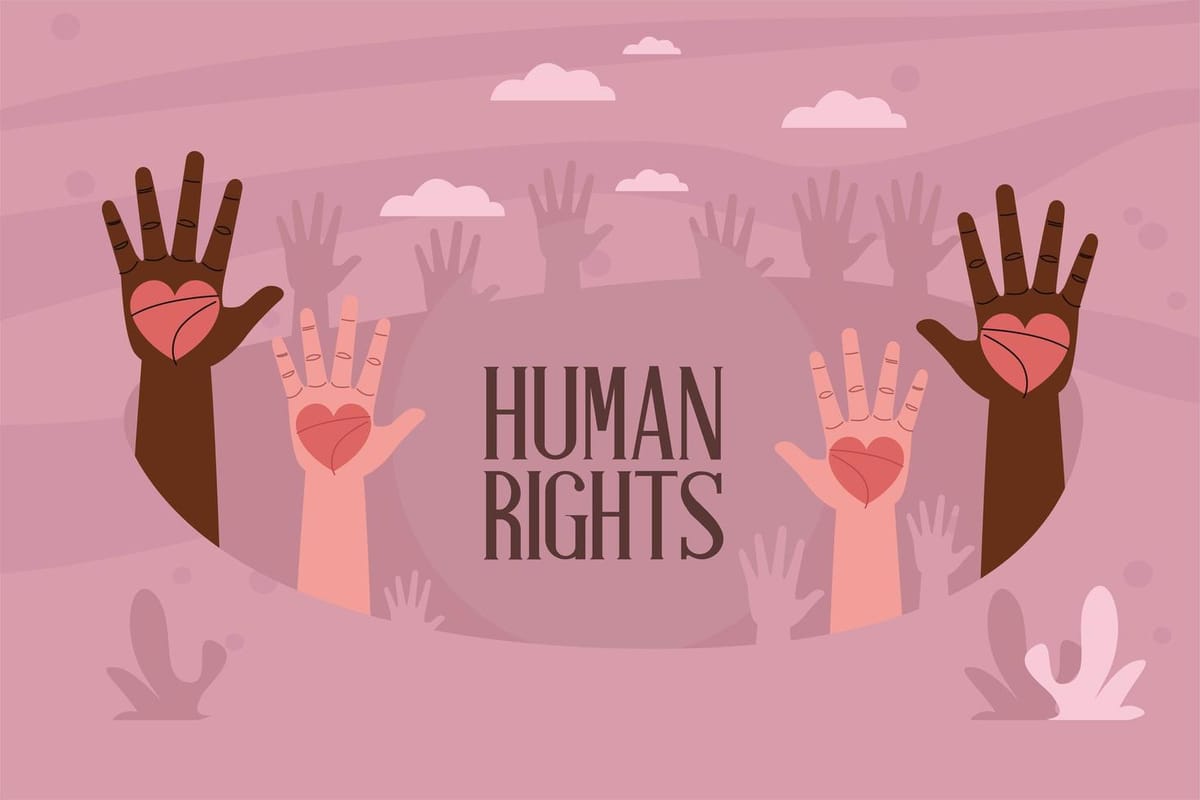Using OSINT to Track Human Rights Violations in Conflict Zones 🕵️

Introduction
In conflict zones, human rights violations often go undocumented, leaving victims without justice. OSINT has emerged as a powerful tool to track and document these violations, providing evidence that can be used in advocacy and legal proceedings. This post explores how OSINT is used to monitor and report on human rights abuses in areas of conflict.
Learning Point 1: Documenting Atrocities in Real-Time 📸
- Image and Video Analysis: OSINT tools can analyse visual evidence from conflict zones, such as photos and videos, to verify and document human rights abuses.
- Eyewitness Testimonies: By gathering and cross-referencing testimonies shared online, OSINT helps build a comprehensive account of events as they unfold.
- Geospatial Verification: Geolocating and timestamping visual content provides critical context, confirming the time and place of human rights violations.
Learning Point 2: Identifying Perpetrators and Networks 🕵️
- Network Mapping: OSINT can uncover the connections between individuals, groups, and state actors involved in human rights abuses, revealing the structure of oppression.
- Weapon and Tactics Analysis: By analysing the weapons and tactics used in documented abuses, OSINT can identify the perpetrators and trace the origins of the equipment used.
- Digital Footprints: Tracking the online activities and communications of suspected violators helps build profiles and gather evidence against those responsible for human rights violations.
Learning Point 3: Supporting Legal and Advocacy Efforts 📜
- Evidence Compilation: OSINT can gather and organise evidence that supports legal cases or international investigations into human rights abuses.
- Public Awareness: By disseminating verified information and evidence, OSINT plays a key role in raising global awareness and galvanising action against human rights violations.
- NGO Collaboration: OSINT helps NGOs and human rights organisations collaborate more effectively by providing actionable intelligence that supports their advocacy and intervention efforts.
Top 3 OSINT Tools
- EyeWitness to Atrocities: A mobile app that securely documents and verifies evidence of human rights violations, crucial for legal and advocacy work.
- Human Rights Watch Digital Investigations: Combines OSINT with investigative journalism to document and expose human rights abuses.
- Armed Conflict Location and Event Data: ACLED provides data and analysis on political violence and protest around the world, facilitating research, policy making, and journalistic reporting.
Conclusion OSINT is a powerful tool in the fight for human rights, providing the means to document abuses, identify perpetrators, and support legal and advocacy efforts. By leveraging these tools, organisations and individuals can bring attention to violations and work toward justice for victims. 💻